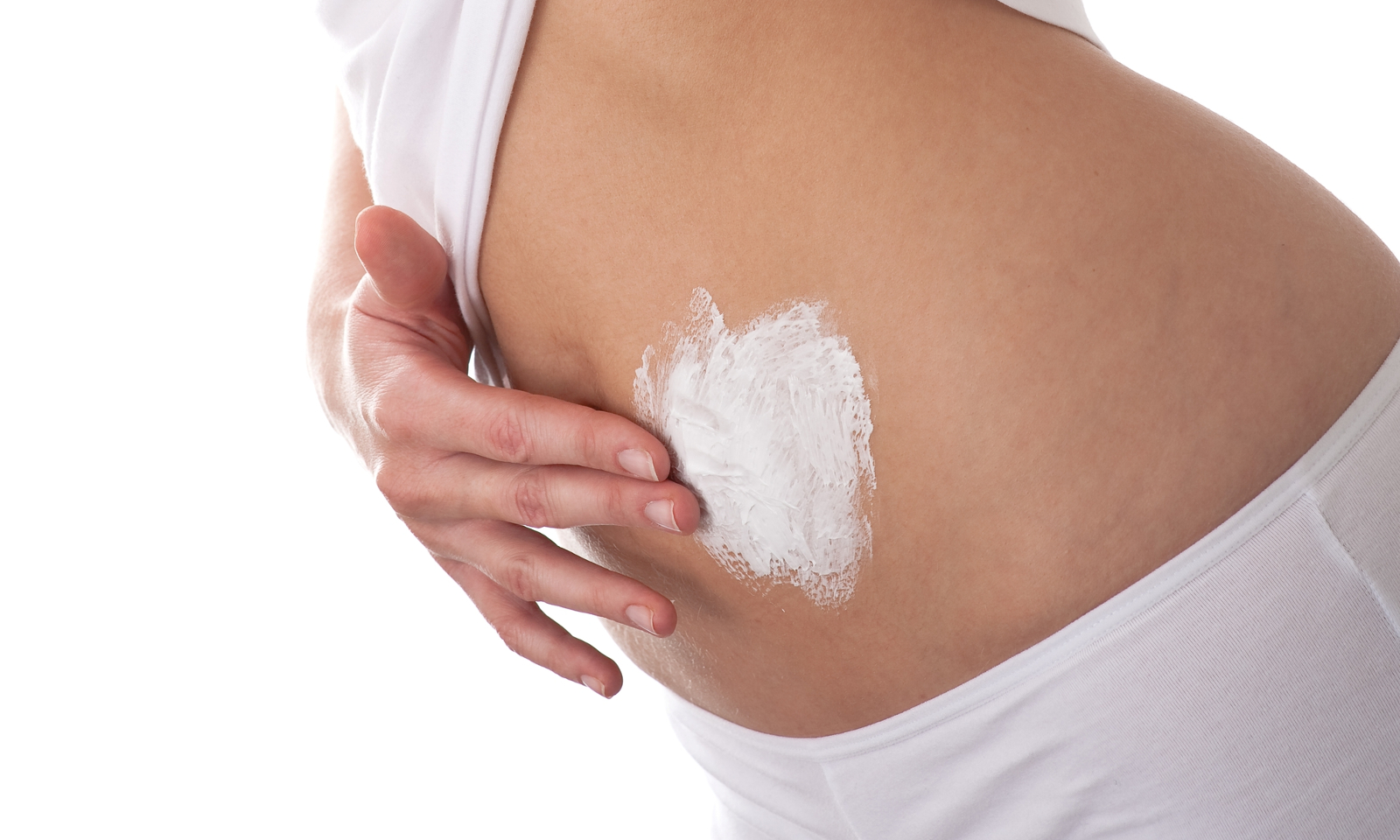Weight loss surgery is proven to be the best way to lose massive amounts of excess weight and keep it off. It can help you live longer, and with proper exercise and diet, help you live healthier, too. Many patients also see a decrease in some diseases, including diabetes, high blood pressure, and even some cancers. But what about those weight loss surgery scars?
Yes, it may seem a tiny bit vain to think about, but looking good often plays a part in feeling good, too. And while you’ll be able to fit into your favorite clothes again, we don’t blame you for thinking about those summer days by the pool or at the gym where your abs might be on display.
Fortunately, weight loss surgery, also known as bariatric surgery, has come a long way during the past decade or two. Open bariatric procedures are an incredible rarity, meaning you don’t need to worry about those inches-long scars that, frankly, were difficult to hide.
Today, we use much smaller incisions to perform gastric bypasses, lap bands, and other surgeries, which means much smaller scars. However, in some cases, open gastric sleeve surgery may be required, so make sure to check with your surgeon beforehand so you know what to expect.
What About Weight Loss Surgery Scars
Weight loss surgery scars, particularly those resulting from laparoscopic surgery, are generally smaller and less noticeable compared to traditional open surgery. Laparoscopic or minimally invasive surgery involves making a few small incisions through which specialized surgical instruments and a camera (laparoscope) are inserted to perform the procedure.
These smaller incisions result in smaller scars, which can be easier to manage and conceal. The size and number of scars, however, are dependent on the type of gastric sleeve, lap band, gastric bypass surgery, and other weight loss surgery performed. No two surgeries are ever alike, and different body types and physical conditions can play a part in laparoscopic scarring.
Typically, though, laparoscopic bariatric surgery leaves several small scars, often less than an inch in length, around the abdominal area. These scars may fade over time and become less noticeable. There are ways to minimize the appearance of weight loss surgery scars and aid in their concealment.
Before using any of the following treatments, however, make sure to talk to your surgeon or health care professional. There may be timelines you need to follow before any actions can be taken in regard to the minimally invasive scars that laparoscopic weight loss surgery leaves behind.
Scar Creams and Ointments
After undergoing weight loss surgery, it’s common to be left with scarring from incisions. However, there are products on the market that can help reduce the appearance of scars and promote smoother skin. While the scars won’t be completely “erased,” they can help with the visibility.
Scar creams or ointments with ingredients like vitamin E, silicone, or cocoa butter have been known to be effective in minimizing the visibility of scars. It’s important to wait until your incisions have fully healed and wash them with soap and water before applying any scar-reducing products to avoid infection.
Massage
When you have surgery, your body creates scar tissue to repair the damage. Scar tissue is made up of collagen fibers, which are strong but inflexible. This can make scars feel hard and tight, and it can also make them itchy or painful. Massage can help break up scar tissue and make it more flexible.
This can help to reduce pain and itching, and it can also make the scar less noticeable. Massage also helps to improve circulation and lymphatic drainage, which can help to reduce swelling and inflammation. It’s important to start with a gentle massage and gradually increase the pressure as the scar heals.
Hiding Weight Loss Surgery Scars: Sun Protection
The sun’s ultraviolet (UV) rays can damage the skin and make scars more visible. When UV rays hit the skin, they can break down collagen and elastin, which are the proteins that give the skin its strength and elasticity. This can lead to scars becoming thicker, darker, and more raised.
Also, if the skin around the scar becomes darker due to tanning, the scars may stay the same color, making them more visible by comparison. If you do plan on hanging out by the pool, wear sunscreen with an SPF of 30 or higher every day, even on cloudy days.
Camouflage Makeup
Specialized makeup products designed to cover scars and blemishes are called scar concealers. They are thicker and more opaque than regular makeup, which helps them to hide the appearance of scars. Scar concealers are usually water-resistant and sweat-proof, so they can be worn for long periods of time without fading or running.
Scar concealers can be a great way to temporarily conceal scars, especially when you want to dress up or attend special events. However, it is important to remember that they are not a permanent solution. Scars will eventually fade on their own, and scar concealers should only be used as a temporary measure.
Surgical tattoos
Surgical tattoos can help hide laparoscopic weight loss surgery scars by using pigment to match the surrounding skin color. This can be a more permanent and effective way to conceal scars than using scar concealers or makeup. Surgical tattoos are created by a skilled tattoo artist who uses special techniques to create a tattoo that is as natural-looking as possible.
The artist will carefully match the pigment to the surrounding skin color, and they will use a variety of shading techniques to create a realistic-looking tattoo. There may still be a need for touch-ups in the future, and any changes to the color of the skin around the tattoos (such as tanning) will make the scars more visible.
Ask About Weight Loss Surgery Scars
Preparing for weight loss surgery scars involves understanding the potential outcomes and discussing your preferences with your surgeon. During your consultation, you can ask about the expected size and placement of the scars and discuss any concerns you may have.
It’s important to remember that scars are a natural part of the healing process, and while they may be initially visible, they often become less noticeable over time (although larger scars called keloids may take longer). Prioritizing proper wound care and following your surgeon’s advice can help you achieve the best possible outcome in terms of scar appearance and overall healing.

